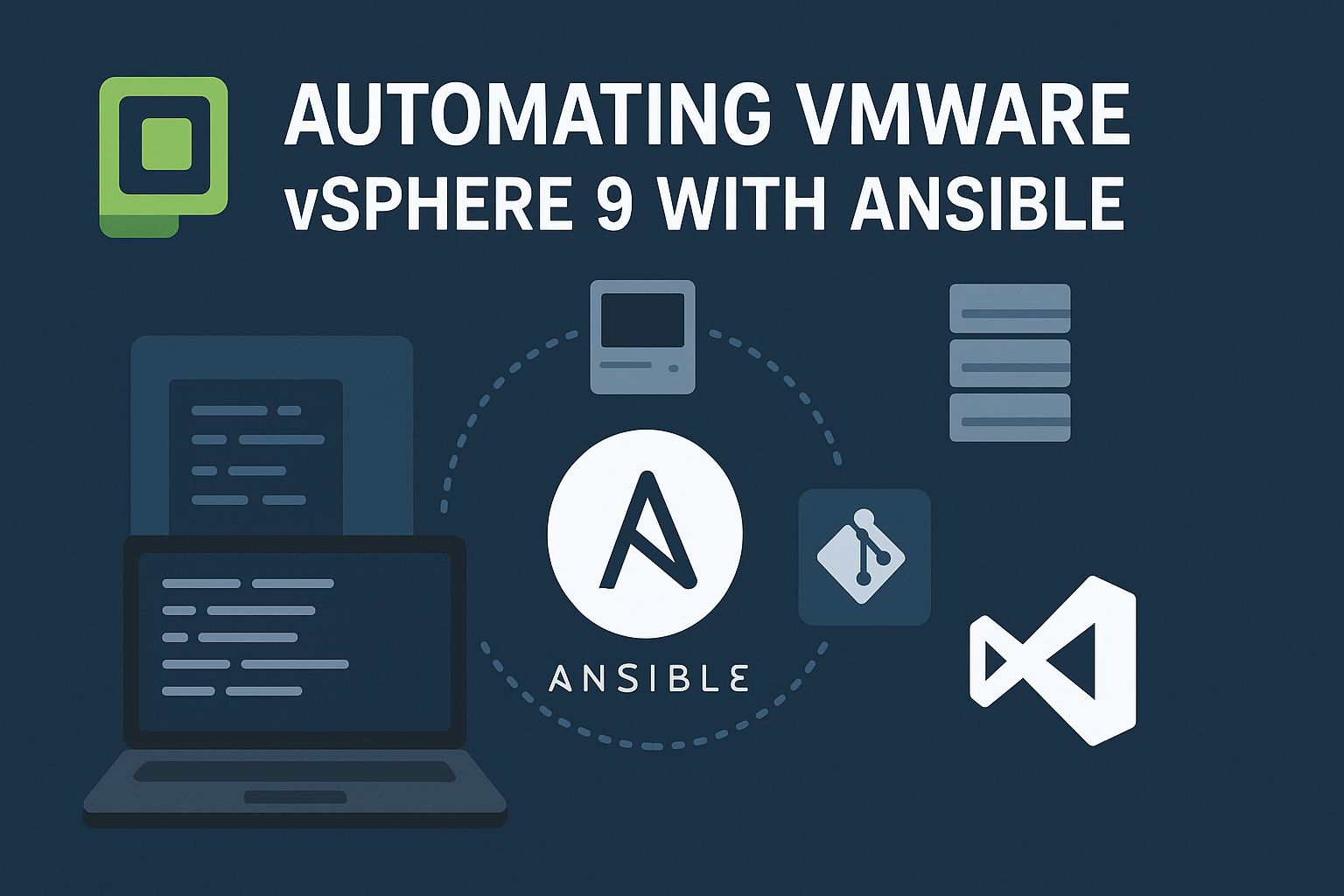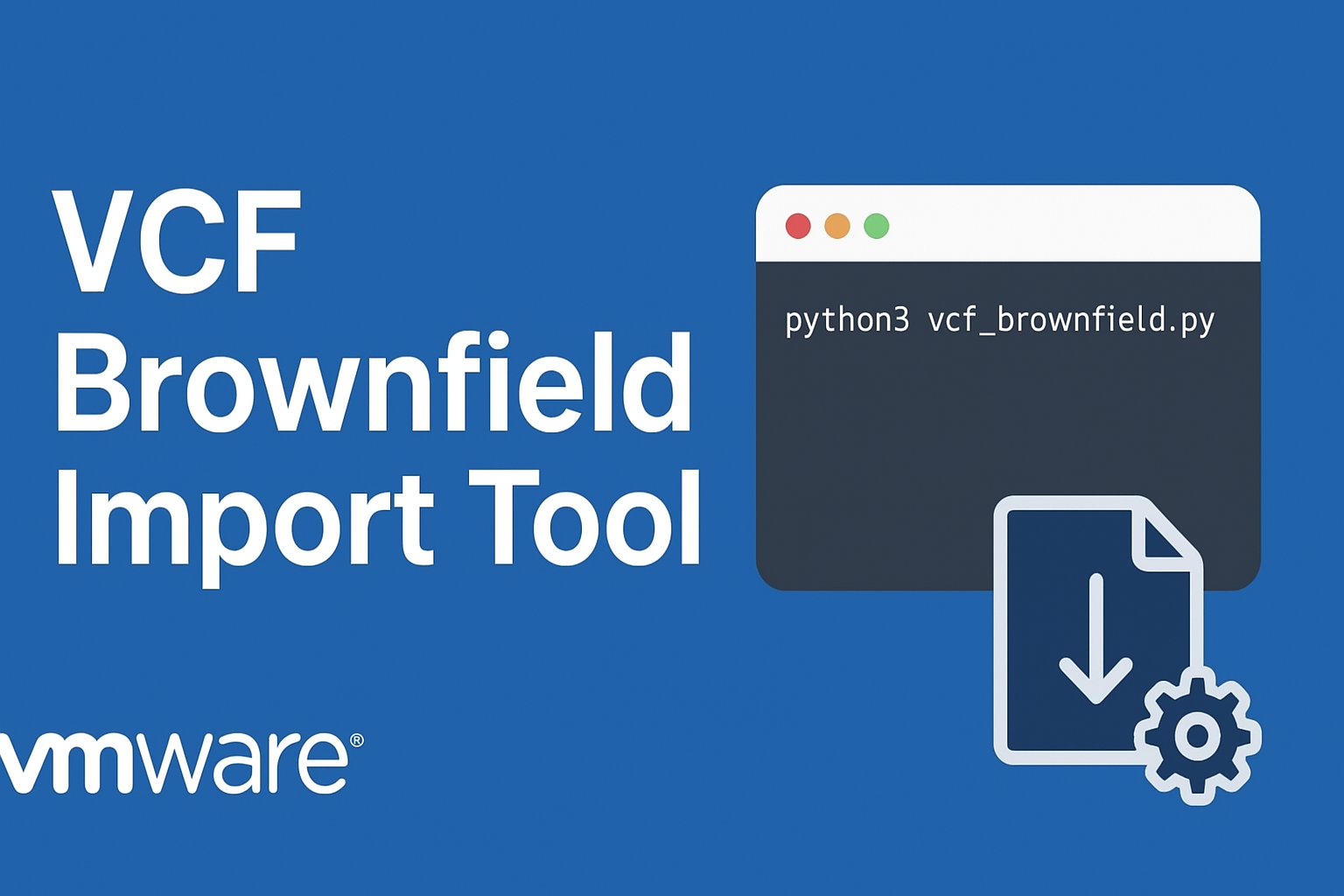Managing DNS entries manually can quickly become error-prone, especially in labs, test environments, or dynamic infrastructures where hosts and IP addresses change frequently. Automation with Ansible helps keep DNS zones consistent, saves time, and reduces mistakes.
In this post, I’ll show how to create A and PTR records automatically from a simple JSON file, including dynamically generating reverse zones directly from IP addresses.
The Challenge
We want to:
- Ensure that a forward zone (e.g.,
test.lab) exists. - Add A records for each host.
- Automatically generate PTR records in the appropriate reverse zones.
- Create reverse zones dynamically from the host IPs, so no manual reverse zone management is needed.
JSON as the Source of Truth
All host data is stored in a JSON file:
{
"forward_zone": "test.lab",
"records": [
{
"name": "node1",
"ip": "10.0.5.11"
},
{
"name": "node2",
"ip": "10.0.5.12"
}
]
}
This makes adding or removing records as simple as editing JSON.
The Ansible Playbook
---
- name: Manage DNS records from JSON
hosts: windows_dns
gather_facts: no
vars_files:
- records.json
tasks:
- name: Ensure forward zone exists
community.windows.win_dns_zone:
name: "{{ forward_zone }}"
type: Primary
replication: Domain
state: present
- name: Ensure reverse zone exists dynamically per record
community.windows.win_dns_zone:
name: "{{ '.'.join(item.ip.split('.')[-2::-1]) }}.in-addr.arpa"
type: Primary
replication: Domain
state: present
loop: "{{ records }}"
loop_control:
label: "{{ item.ip }}"
- name: Ensure A records exist in forward zone
community.windows.win_dns_record:
name: "{{ item.name }}"
type: "A"
zone: "{{ forward_zone }}"
value: "{{ item.ip }}"
state: present
loop: "{{ records }}"
- name: Ensure PTR records exist in reverse zone
community.windows.win_dns_record:
name: "{{ item.ip.split('.')[-1] }}"
type: "PTR"
zone: "{{ '.'.join(item.ip.split('.')[-2::-1]) }}.in-addr.arpa"
value: "{{ item.name }}.{{ forward_zone }}"
state: present
loop: "{{ records }}"
loop_control:
label: "{{ item.ip }}"
How the Reverse Zone Calculation Works
For an IP like 10.0.5.11:
- Split into parts →
['10','0','5','11'] - Take the first three octets reversed →
['5','0','10'] - Join into a string →
5.0.10 - Add suffix
.in-addr.arpa→5.0.10.in-addr.arpa
This means each PTR record automatically lands in the correct reverse zone without manual configuration.
Why This Helps
✅ Automated and idempotent – Ansible ensures zones and records exist only once.
✅ Centralized JSON – Easy to add or remove hosts.
✅ Dynamic reverse zones – No need to manually maintain reverse DNS.
✅ Consistent DNS – Forward and reverse zones always stay in sync.
Conclusion
With just a small JSON file and an Ansible playbook, you can fully automate DNS record management in Windows environments. This is especially powerful for labs, homelabs, or test environments where IP addresses change often.
DNS management becomes simple, reproducible, and reliable – exactly how automation should be.






Schreibe einen Kommentar